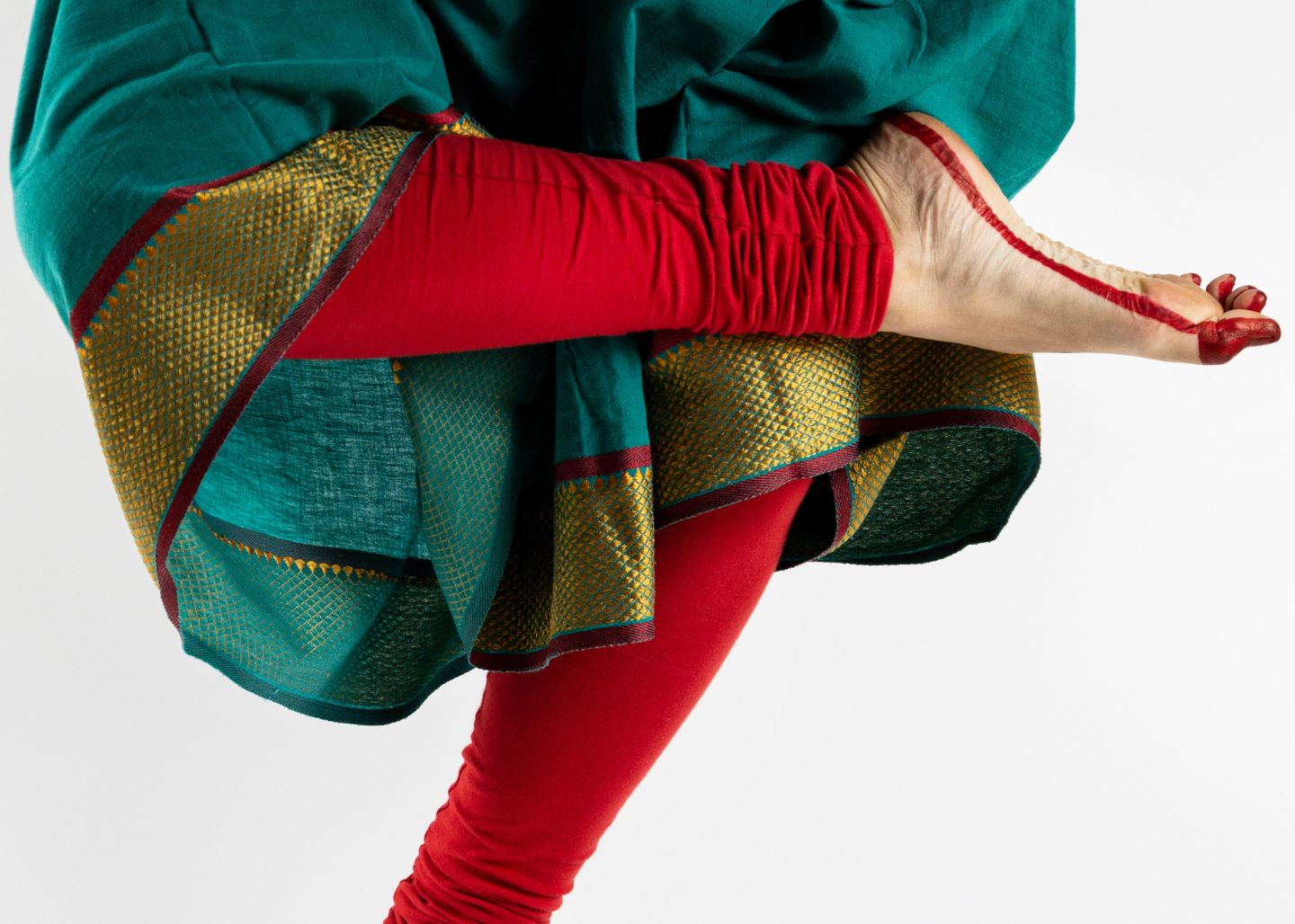
Pada means ‘foot’ in Sanskrit. The meaning of the word ‘bheda’ is ‘distinguish’. In this post, I am going to list the different feet positions in the Classical Indian Odissi Dance: Pada Veda Odissi Dance
Just like the single and both hands mudras are generally used in all the Indian Classical Dances, the padas are exclusive of the Odissi Dance.
They were named and described by the gurus, who identified the most commonly used positions in our dance. This happened during the “classicalization” process of the dance, after the British were expelled from India (if you are interested in this story, read more here).
The padas are of high importance in Odissi, since they are a fundamental part of our practice. They shape the rest of the body, they follow the rhythm and the tempo, both in choreographies and exercises.
These are the basic foot positions to be learnt at an early stage in the practical study of Odissi, as generally approved by the Gurus.
From THE ODISSI PATH FINDER
Shall we train together?
For three days, my entire online platform will be 25% OFF, so you can freely choose any course, style or practice you wish to explore.
What’s included:
Perfect for dancers who want to choose their own path.